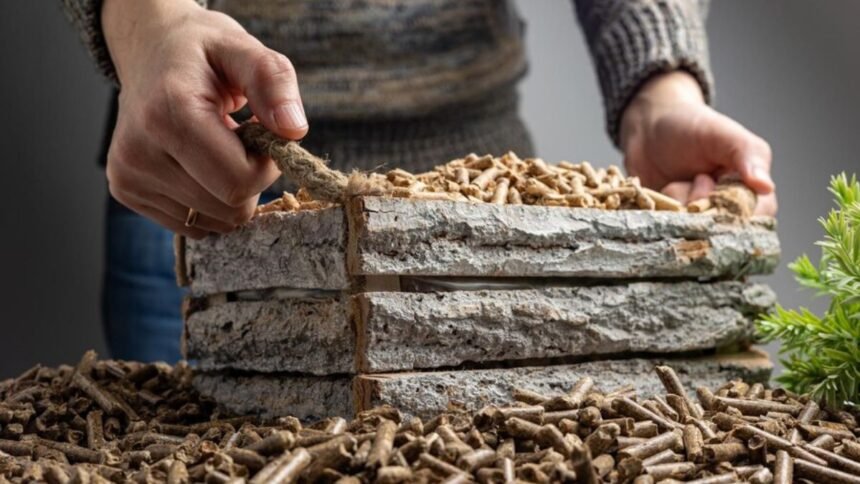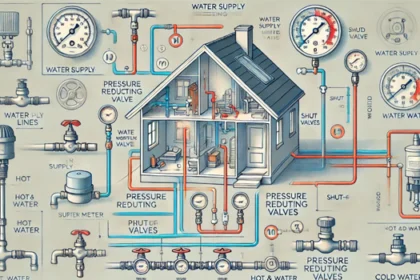Introduction
Pelletierung is a fascinating and vital process that transforms raw materials into compact, uniform pellets. These small but mighty creations play an essential role in various industries, from agriculture to energy production. But what exactly goes into making these little powerhouses? Understanding the intricacies of pelletization not only illuminates the science behind it but also highlights its significance in enhancing product quality and efficiency.
As we delve deeper into this topic, you’ll discover how factors like moisture content and particle size impact pellet quality. You’ll get an insider’s look at the intricate machinery involved in creating perfect pellets and explore their diverse applications. Whether you’re a seasoned professional or simply curious about this industry staple, there’s much to learn about the art of pelletizing. Let’s embark on this journey together!
The Importance of Pellet Quality
Pellet quality is paramount in ensuring efficiency and effectiveness across various industries. High-quality pellets enhance combustion performance, leading to higher energy output. This is especially crucial for applications like biomass heating.
Consistent pellet size and density contribute to uniformity during processing. When pellets are of varying sizes, it can lead to operational issues and increased wear on equipment.
Moreover, the raw materials used play a significant role in determining pellet quality. Impurities or low-grade inputs can compromise structural integrity, which may result in breakage during transportation or storage.
Well-crafted pellets minimize dust generation. Dust not only poses health risks but also affects overall productivity by creating cleanup challenges in production environments. Prioritizing pellet quality leads to better end products and streamlined operations throughout the supply chain.
Factors Affecting Pellet Quality
Pellet quality is influenced by several key factors that can make or break the final product.
One of the primary elements is feedstock type. Different materials, whether wood, biomass, or other organic substances, have unique properties affecting pellet density and durability.
Moisture content also plays a significant role. Too much moisture can lead to weak pellets that crumble easily, while too little may result in poor binding during compression.
Temperature during processing should not be overlooked either. The right heat levels activate lignin in certain materials, enhancing bonding for stronger pellets.
Die design and roller settings within pelletizing equipment are crucial. These technical aspects directly impact how well the material compresses into uniform shapes and sizes.
Understanding these factors helps manufacturers optimize their processes for higher-quality outputs.
The Process of Pelletization
Pelletization is a fascinating process that transforms raw materials into uniform pellets. It begins with the preparation of feedstock, where materials are crushed and dried to achieve optimal moisture content.
Next comes the conditioning phase. Here, heat and steam are applied to soften the material, making it easier to mold. This step is crucial for achieving consistent pellet quality.
The heart of pelletization lies in the pressing stage. The conditioned mixture is forced through a die in a pellet mill under high pressure. As it exits the die, it forms cylindrical shapes that cool as they settle.
Cooling and screening ensure that only perfect pellets remain for use or storage. This entire journey from raw material to finished product showcases not just technical precision but also innovative engineering at its best.
Types of Pelletizing Equipment
Pelletizing equipment comes in various forms, each designed to meet specific production needs. The most common type is the pellet mill. It compresses raw materials into uniform pellets through mechanical pressure and heat.
Another essential piece of machinery is the ring die pelletizer. This device uses a rotating die that shapes pellets while ensuring consistent quality. It’s particularly effective for larger-scale operations.
Flat die pelletizers are also popular, especially for smaller batches or home use. They operate at lower speeds and can handle a variety of feedstocks easily.
Extruders play a crucial role as well, blending moisture with ingredients to create high-quality feed pellets. Their versatility allows them to cater to different formulations.
Cooling and drying systems complement these machines by preparing pellets for storage or transport without compromising their integrity. Each type serves its purpose in achieving optimal pellet quality efficiently.
Common Uses for Pellets
Pellets have found their way into various industries, showcasing their versatility and efficiency. In the agricultural sector, they serve as animal feed. The uniform size ensures that livestock receives balanced nutrition.
In the energy domain, wood pellets are a popular choice for fuel. They burn cleaner than traditional firewood, making them an eco-friendly option for heating homes and businesses.
The manufacturing industry uses plastic pellets in creating a multitude of products. These small granules can be melted down to form everything from packaging materials to automotive parts.
Additionally, fish farming benefits immensely from specially formulated aquatic feed pellets. These provide essential nutrients for healthy fish growth while ensuring minimal waste in water systems.
Moreover, pharmaceutical companies utilize pelletized substances for precise dosing in medications. This method enhances absorption rates and improves patient compliance with treatment regimens.
Conclusion
Understanding pelletierung opens doors to improved efficiency in various industries. The nuances of this process shape the quality and usability of pellets.
Investing time in grasping each step can lead to significant benefits. From agriculture to energy, high-quality pellets serve diverse purposes.
As technology evolves, so does the equipment used for pelletization. Staying informed about new advancements ensures optimal results.
Whether you are a manufacturer or an end-user, recognizing the importance of pellet quality is fundamental. It impacts production rates and ultimately affects profitability.
Engagement with ongoing research and development will only enhance your understanding and application of pelletierung. Being proactive leads to smarter decision-making within your operations.
FAQs
Q: What is pelletierung?
Pelletierung, or pelletization, refers to the process of compressing or molding a material into the shape of pellets. This technique is widely used in various industries, including agriculture and manufacturing.
Q: Why is pellet quality important?
A: The quality of pellets directly affects their performance in applications like fuel combustion, animal feed production, and pharmaceuticals. High-quality pellets ensure efficient processing and better results.
Q: What factors influence pellet quality?
A: Several factors play a role in determining the quality of pellets. These include moisture content, temperature during processing, particle size distribution, and binder use.
Q: What types of equipment are used for pelletizing?
A: There are different types of equipment designed for pelletization. Common ones include ring die presses and flat die machines. Each type has its unique features suited for specific materials.
Q: Where are pellets commonly used?
A: Pellets have diverse applications across multiple sectors. They are primarily found in energy production as biomass fuel but also serve crucial roles in animal nutrition supplements and pharmaceutical formulations.
Q: How can I improve my own pelleting process?
A: To enhance your pelleting process, focus on controlling moisture levels accurately and selecting suitable binders that enhance cohesion without compromising integrity. Regularly calibrating your machinery will also help maintain consistent product quality.
If you have more questions about pelletierung or need detailed insights into specific aspects related to it, don’t hesitate to reach out!








